How to Install an Outboard Motor: Your DIY Guide
Installing your own outboard motor can save money and give you a deeper understanding of your boat's essential components. With careful preparation, the right tools, and by following safety guidelines, you can confidently tackle this project. This guide will walk you through the entire process, ensuring a safe and successful installation.
Outboard Installation Tools & Materials Checklist

Essential Tools:
- Socket set with various sizes
- Wrench set
- Torque wrench
- Drill & bits
- Screwdrivers (flathead and Phillips)
Engine-Specific Tools:
- Consult your service manual for any additional tools specific to your outboard.
Materials:
- Stainless steel mounting bolts (size will depend on your transom and engine)
- Marine-grade sealant
- Anti-seize lubricant or thread locker
Preparing Your Boat and Outboard for Installation
- Transom Check: Inspect the transom for any signs of damage, cracks, or rot. If the transom isn't structurally sound, it won't be able to safely support your outboard.
- Weight Limits: Ensure your transom can handle the weight of your chosen outboard. This information is usually available on a plate mounted on the transom or in your boat's owner's documentation.
- Engine Prep: Most outboards come pre-assembled. If yours requires assembly, consult your owner's manual or refer to a separate guide for that process.
Essential Safety Considerations
- Lifting: Outboard motors can be heavy. Enlist help or use an engine hoist or lift for safe maneuvering.
- Fuel & Electrical: Disconnect the battery and secure any fuel lines before beginning work.
- Securing Your Boat: Ensure your boat is stable and securely trailered or docked to prevent movement during installation.
Step-by-Step Outboard Installation Guide
Step 1: Mounting the Outboard
- Position the outboard on the transom, ensuring it's centered and level.
- Measure and mark the mounting hole locations.
- If necessary, pre-drill holes slightly smaller than your mounting bolts.
Step 2: Bolting the Engine
- Apply marine-grade sealant around the pre-drilled holes.
- Insert the mounting bolts and hand-tighten.
- Use a torque wrench to tighten the bolts to the manufacturer's specifications.
Step 3: Connecting Steering & Control Cables
- Follow your outboard manual's instructions for connecting the steering and throttle/shift cables. This process can vary between models.
Step 4: Electrical Connections
- Important: Always ensure your battery is disconnected.
- Follow your wiring diagram to connect the outboard's wiring harness to the boat's battery and control panel (if applicable).
Step 5: Fuel System Setup
- Securely connect the fuel line to your outboard fuel intake.
- Check for leaks and prime the fuel system according to your manual.
Step 6: Initial Startup & Testing
- Before taking the boat out, perform a test run in a controlled environment (ideally with the boat still secured to the trailer).
- Start the engine and check for smooth operation, leaks, and proper control functionality.
By following these steps and prioritizing safety, you've successfully installed your outboard motor! Before your first full outing, double-check all connections, consult your owner's manual for specific break-in procedures, and most importantly, enjoy the increased confidence and freedom of knowing you've done the work yourself.
Questions about your outboard motor? Contact us today.

 Monthly Payments
Monthly Payments




